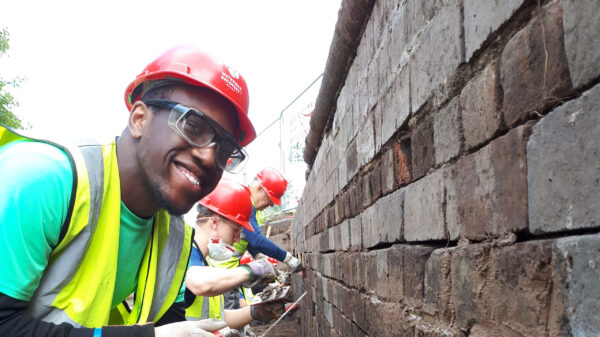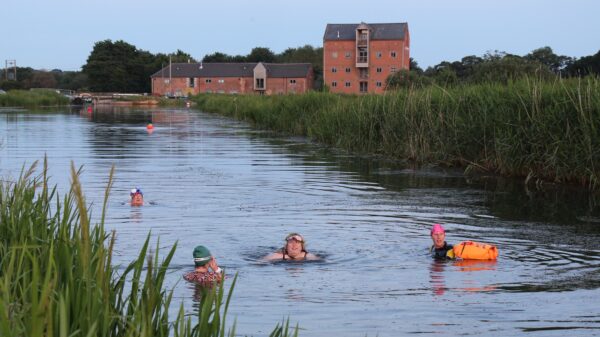History of the Canal
The rivers and lakes that form the Norfolk Broads have no locks, with the exception of the linking lock into the North Sea in Lowestoft. The North Walsham & Dilham Canal opened in 1826, following the River Ant that flows into Barton Broad joining it at Wayford bridge. The canal runs for nearly nine miles to Antingham Ponds near North Walsham with six locks to take 20-ton 50ft Norfolk wherries. Surplus water provided power for mills beside the lower locks causing friction between the mill owners and wherrymen. The canal was moderately successful and was sold to a local miller, Edward Press in 1886, who pioneered pleasure boating. Five converted wherries were hired out to holidaymakers from Ebridge. Trade and the state of the canal both continued to decline, with the last cargo-carrying trip in 1934 made by the wherry Ella.
Restoration started in 2001 with regular working parties by the East Anglian Waterways Association. The North Walsham & Dilham Canal Trust was set up in 2008 to further progress restoration. Two sections are currently navigable; the bottom two-mile stretch up to Honing Lock and the isolated pound between Ebridge Mill Lock and Bacton Wood Lock.
[The photo, left, shows Bacton Wood Lock at the start of restoration work – by Graham Brown]



